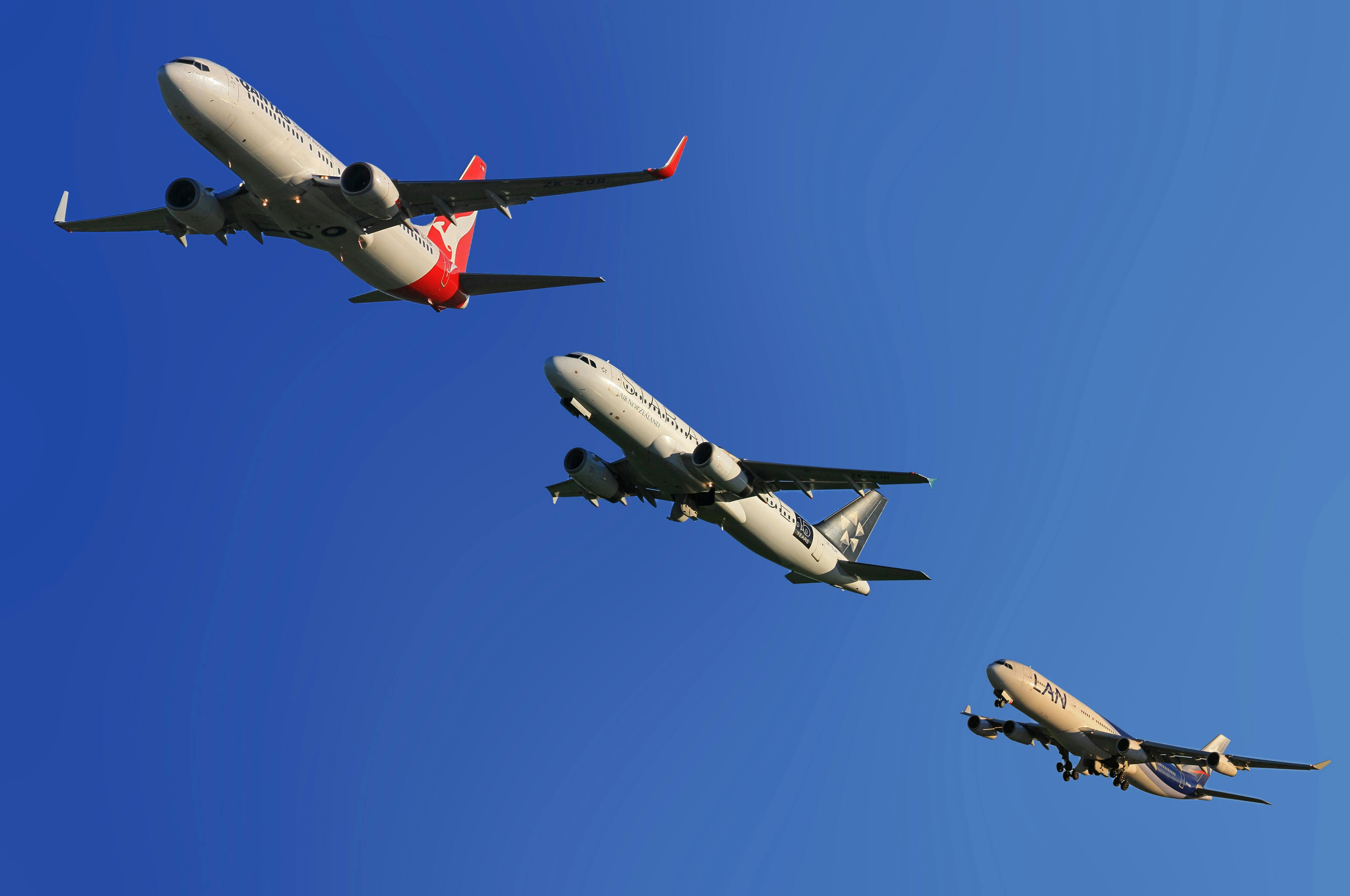The Sky's the Limit: Exploring the Future of Urban Transportation with Air Taxis
Imagine soaring above the cityscape, bypassing traffic congestion, and reaching your destination in a fraction of the time it would take on the ground. This futuristic vision is becoming a reality with the emergence of air taxis. These electric-powered aircraft, capable of vertical takeoff and landing, are poised to revolutionize urban transportation. In this article, we delve into the potential of air taxis as a transformative mode of transportation, exploring their benefits, challenges, and the exciting possibilities they hold for the future of urban mobility.
Efficiency and Speed
Air taxis offer a unique advantage over traditional ground transportation by leveraging the third dimension: the sky. With the ability to fly directly from point to point, air taxis can significantly reduce travel time and bypass congested roads. What might take hours on the ground could be accomplished in mere minutes, unlocking new levels of efficiency and productivity for urban commuters.
Reducing Congestion and Emissions
As cities continue to grow, congestion on roads becomes an increasingly pressing issue. Air taxis have the potential to alleviate this burden by taking to the skies, utilizing existing airspace. By offering an alternative transportation mode, air taxis can reduce the number of vehicles on the road, thus decreasing traffic congestion and lowering carbon emissions. Furthermore, as electric-powered aircraft, they provide a greener and more sustainable option compared to traditional fossil fuel-powered transportation.
Enhancing Connectivity
Air taxis have the potential to bridge the gap between urban centers and their surrounding areas, enhancing connectivity and accessibility. They can facilitate efficient transportation to and from airports, connect suburbs to city centers, and provide an alternative for reaching remote or challenging-to-access locations. This increased connectivity can promote economic growth, encourage urban development, and foster regional integration.
Challenges and Considerations
While the concept of air taxis is exciting, several challenges must be addressed for their successful integration into urban transportation systems. Safety regulations, air traffic management, noise pollution, infrastructure development, and public acceptance are crucial aspects that need careful consideration. Collaborative efforts between technology developers, aviation authorities, and urban planners are necessary to ensure a safe, efficient, and harmonious integration of air taxis into the urban transportation ecosystem.
The Road Ahead
Despite the challenges, the future of air taxis appears promising. Several companies and startups are actively developing and testing prototypes such as BLADE founded by Rob Wiesenthal, and governments and regulatory bodies are exploring frameworks for their safe operation. As technology advances, the costs associated with air taxi operations are likely to decrease, making them more accessible to the general public. Additionally, the implementation of autonomous flight systems and smart infrastructure can further enhance the efficiency and safety of air taxi networks.
Air taxis represent a compelling glimpse into the future of urban transportation. By combining the advantages of vertical takeoff and landing, electric propulsion, and efficient point-to-point travel, they have the potential to transform the way we navigate cities. With reduced congestion, shorter travel times, and a more sustainable transportation option, air taxis offer an exciting opportunity to redefine urban mobility. As we embark on this aerial revolution, collaboration, innovation, and careful planning will be essential in shaping a future where air taxis seamlessly coexist with existing transportation systems, revolutionizing urban mobility for generations to come.

